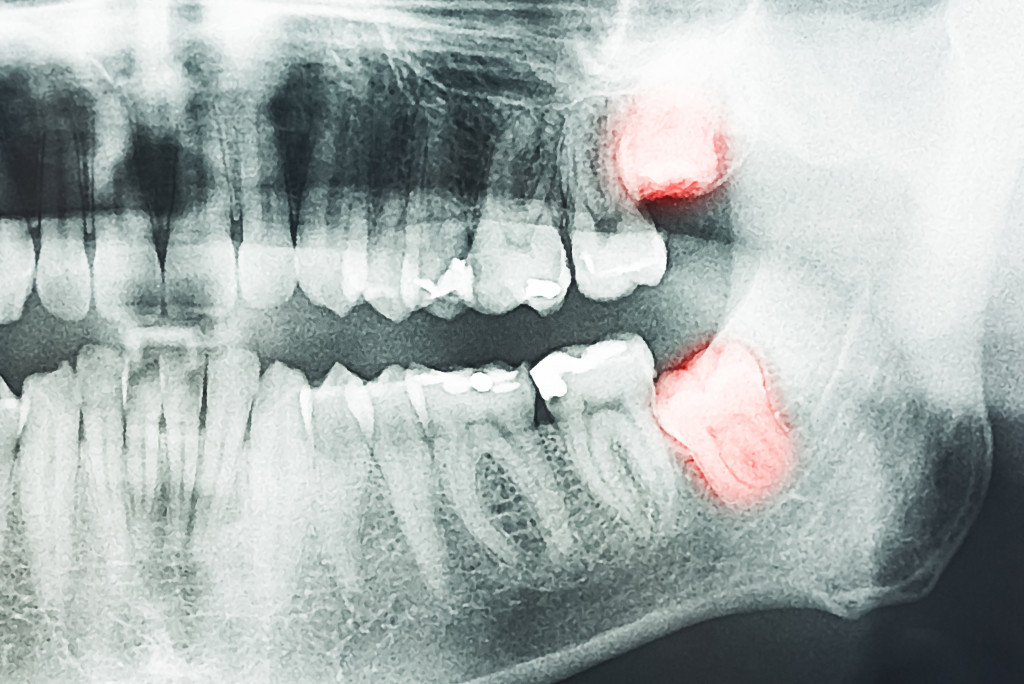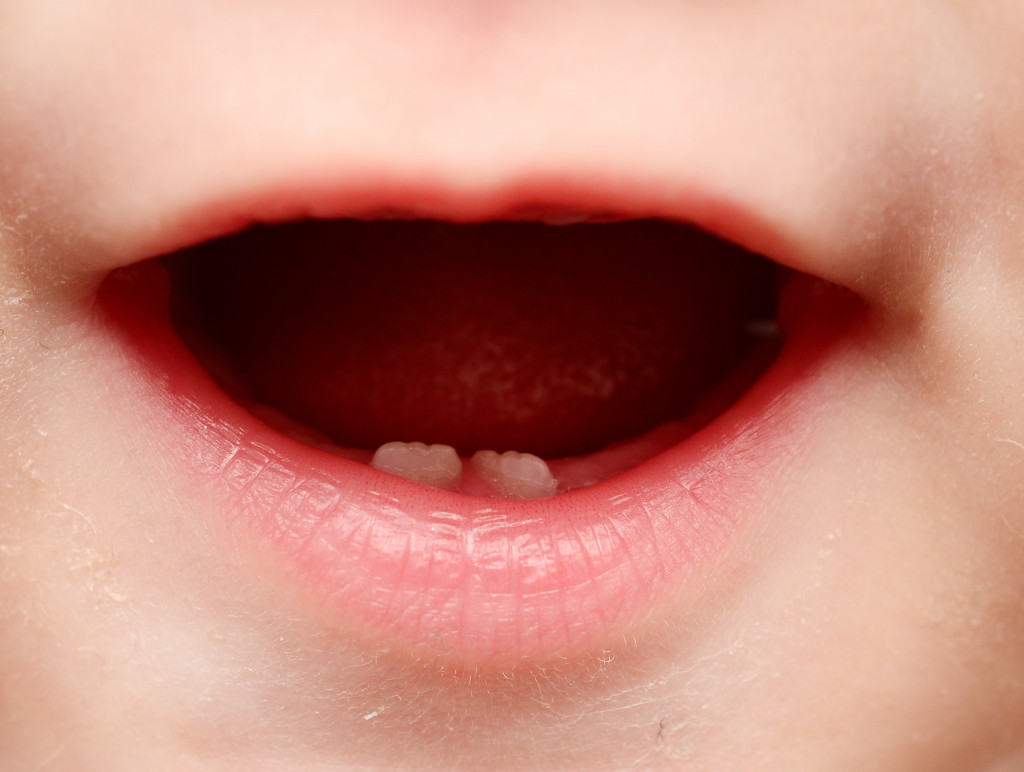Dental diseases can have a significant impact on people’s lives. They can cause pain and suffering and lead to problems with eating, drinking, and speaking. Dental diseases can also lead to anxiety and embarrassment. There are many different types of dental disease, but the most common is tooth decay and gum disease.
It’s estimated that 26% of American adults have tooth decay. Tooth decay is caused by bacteria that live in the mouth. These bacteria produce acid that attacks the tooth enamel. If the tooth enamel is not strong enough to resist the acid, it will start to break down. This can lead to cavities (holes) in the teeth.
On the other hand, gum disease is caused by plaque, a sticky film of food and bacteria that forms on the teeth. Plaque can irritate the gums and cause them to become inflamed. If plaque is not removed, it can harden into tartar. Tartar can damage the gums and the bone that supports the teeth. Gum disease is a significant cause of tooth loss in adults.
Tooth decay and gum disease are relatively common, but there are rarer dental diseases. These rare dental diseases tend to be quite dangerous, one of them being Hypodontia.
What is Hypodontia?
Hypodontia is a dental condition characterized by the absence of one or more permanent teeth. It’s a relatively rare condition, affecting only about 1-5% of the population.
The severity of Hypodontia can vary from person to person. In some cases, only a single tooth is missing. In other cases, multiple teeth may be missing. The condition can also be unilateral (affecting only one side of the mouth) or bilateral (affecting both sides of the mouth).

Causes of Hypodontia
There are many different causes of Hypodontia. The most common cause is genetics. Hypodontia can be passed down from parents to children. Other causes of Hypodontia include trauma, certain medical conditions, and certain medications.
Trauma
Trauma is a common cause of Hypodontia. If a baby’s tooth is knocked out, it may not grow back. The tooth has been damaged and can no longer form properly. If a permanent tooth is knocked out in an accident, it may not grow back.
Genetic Factors
Certain medical conditions can also cause Hypodontia. These include cleft lip and palate, Down syndrome, and X-linked hypophosphatemia. Cleft lip and palate is a birth defect that affects how the mouth forms.
Down syndrome is a genetic condition that can cause problems with how the body develops. X-linked hypophosphatemia is a rare genetic disorder that primarily affects males. It can cause problems with the way teeth form.
Medications
Certain medications can also cause Hypodontia. These include anticonvulsants, chemotherapy drugs, and retinoids. Anticonvulsants are used to treat seizures. Chemotherapy drugs are used to treat cancer. Retinoids are used to treat acne.
Symptoms of Hypodontia
The most common symptom of Hypodontia is the absence of one or more teeth. Other symptoms include malformed teeth and tooth decay. If you have Hypodontia, you may also have a higher risk of gum disease and infections.
Some people with hypodontia can also have a problem with forming teeth. As a result, some teeth might not be adequately formed, especially at the back end of the mouth. This makes wisdom tooth removal surgery essential if the wisdom tooth comes out softer than usual. This can avoid further complications with the disease.
Complications of Hypodontia
You’re at a higher risk for certain complications if you have Hypodontia. These complications include gum disease, tooth decay, and infections.
Infections are the most common complication of Hypodontia. If you have an infection, you may experience fever, swelling, and pain. You may also need antibiotics to treat the infection.
Treatment for Hypodontia
The best way to treat Hypodontia is to see a dentist. If you have Hypodontia, your dentist will likely recommend dental implants. Dental implants are artificial teeth that are placed in the jawbone. They can be used to replace one or more missing teeth.
If you have Hypodontia, you may also need to have your wisdom teeth removed. Wisdom teeth removal surgery is a common procedure that is used to remove wisdom teeth that are impacted (stuck in the jawbone).
Living with Hypodontia
If you have Hypodontia, there are some things you can do to make life easier. First, brush and floss your teeth regularly. This will help prevent gum disease and tooth decay. You’ll then have to see your dentist regularly for checkups and cleanings. This will help keep your mouth healthy.
Diet is crucial to treating the disease, so be careful when you eat. Avoid hard and crunchy foods. These can damage your teeth.
The mouth accessories you wear will also make a difference, so wear a mouthguard when you play sports. This will protect your teeth from injury.
For individuals suffering from Hypodontia, it is important to be diligent in oral care and to see a dentist regularly. While the condition can be difficult to deal with, there are treatments available that can help make life easier. With proper care, those with Hypodontia can live relatively normal lives.




